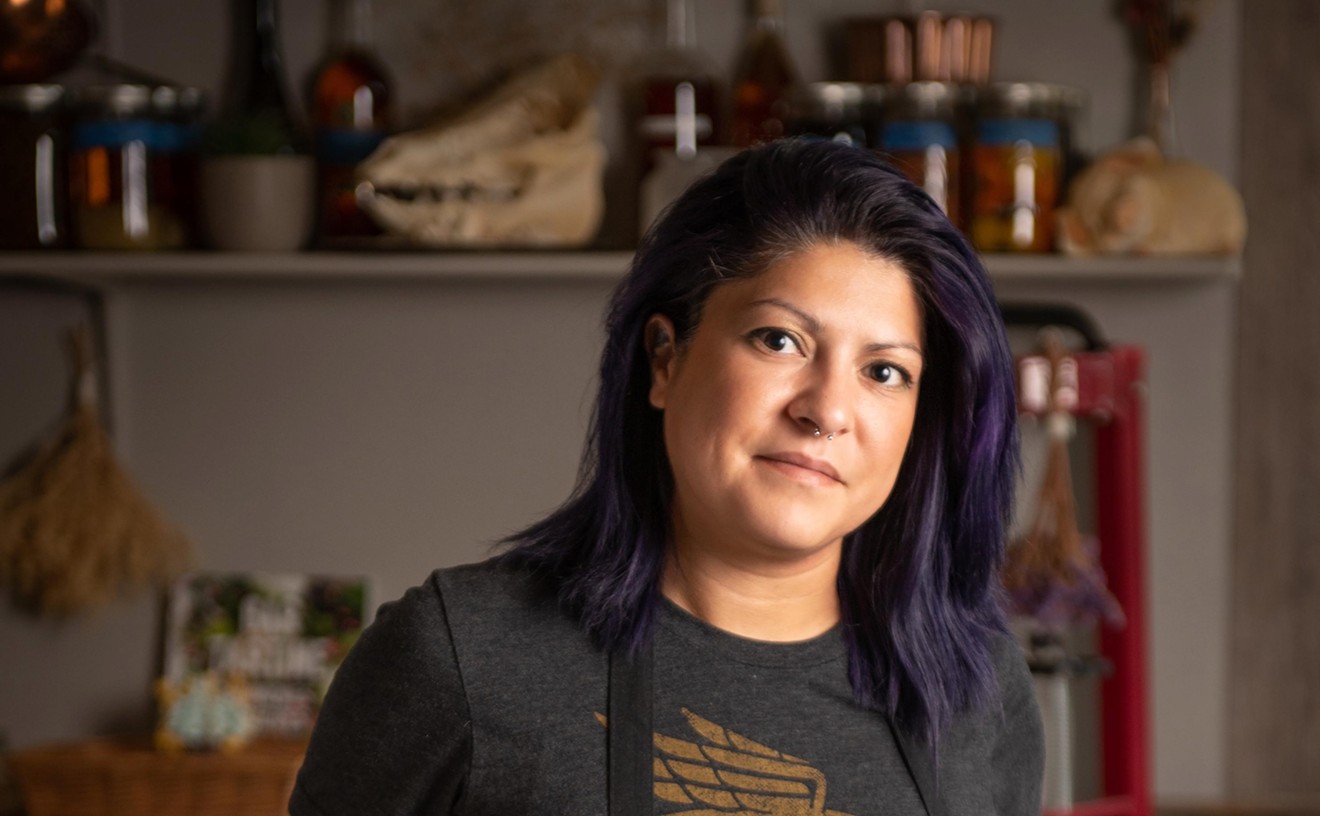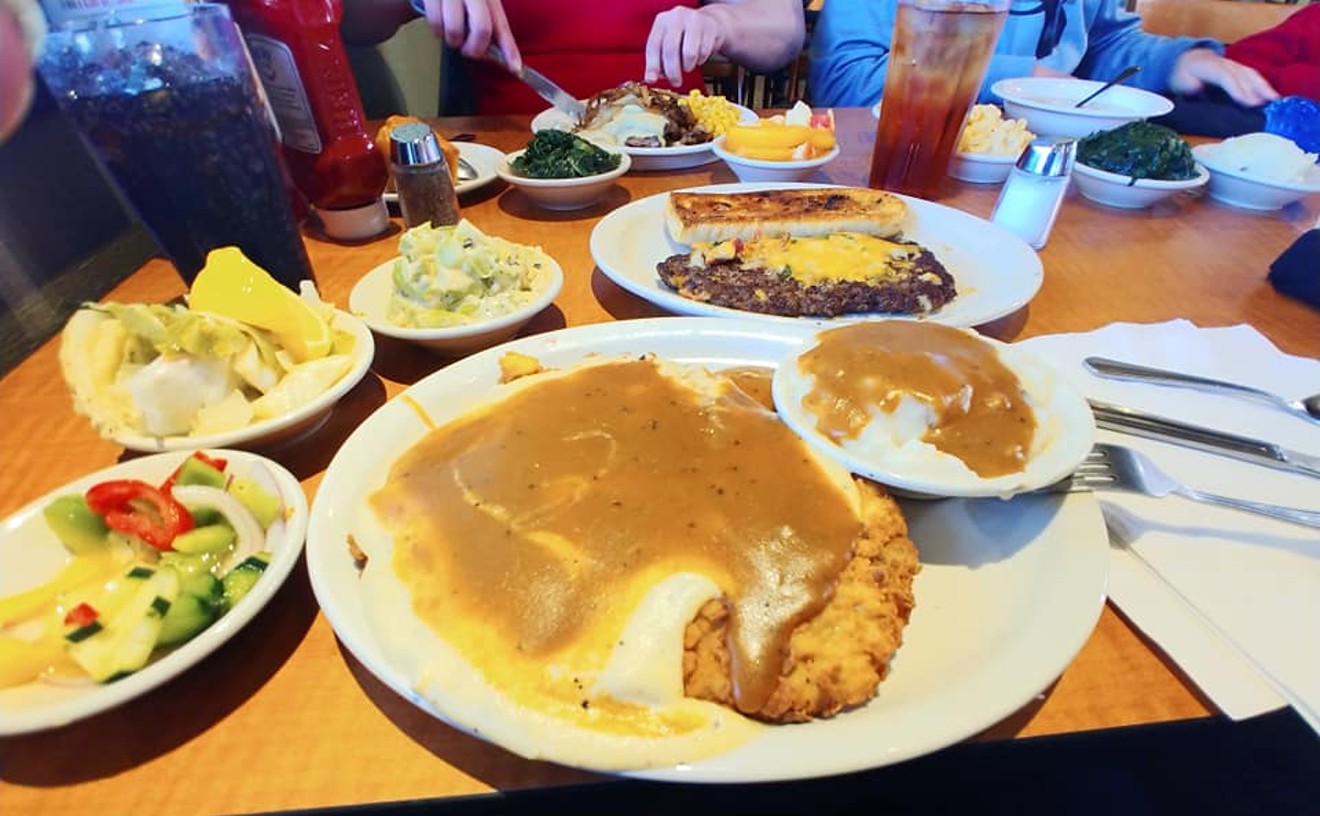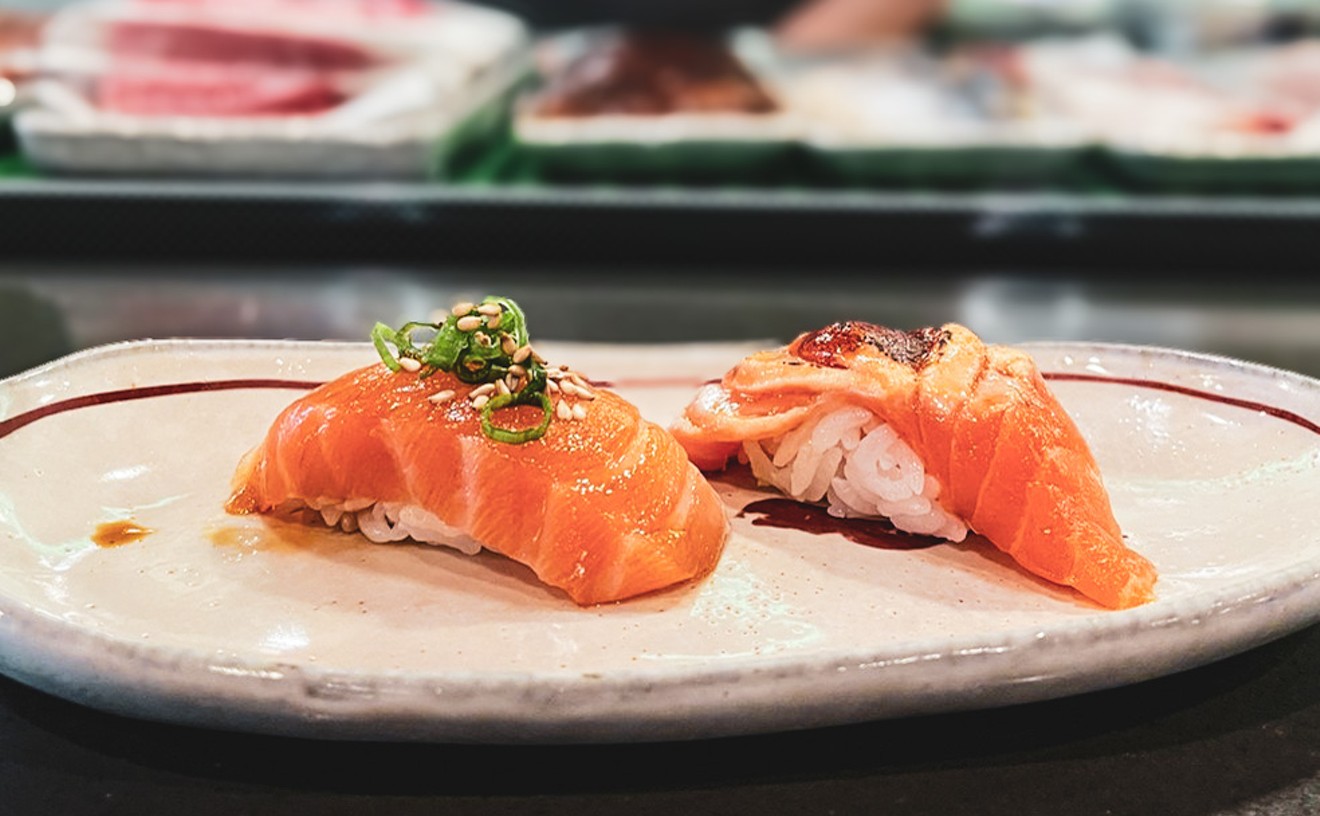The still-current trend in menu-writing is to append a place name to every dish, proclaiming its local origins. But back when Texas was largely unsettled, folks did it the other way around: They named their towns after food.
Dozens of Texan towns have shared their names with fruits and nuts. Here, ten of the best culinary names to ever grace a Texas post office, with short explanations drawn from the Texas State Historical Association's online handbook:
Buttermilk Station, Brazoria County Cotton and sugar planters living east of the Brazos River got by without a town name until the Columbia Tap Railroad laid tracks through the area in 1859. Traveling train crews christened the town "Buttermilk Station" in honor of a resident who awaited them at the station with a bucket of buttermilk and a dipper.
Cheeseland, Angelina County Welshman Jacob Humphrey had a wife, a log cabin and horses, but he was lonely in the late 1850s. So Humphrey gave a free tract of land to his buddy Wenzel Hillenkamp, a Prussian who bolted from his homeland to escape military service. Hillenkamp opened a combination post office and general store where he sold whiskey and his wife's cheese in what's today a ghost town.
Chocolate Bayou, Brazoria County There are only a few dozen residents left in Chocolate Bayou, which presumably took its name from a murky swamp, but Stephen Austin's sister once kept a plantation in the area.
Lickskillet, Grayson County East Texas liked the name Lickskillet, which still shows up on street signs. But the folksy reference to what you do when the food's all gone only lasted until 1850 in Grayson County, when leaders decided "Pilot Grove" had a more civilized ring to it.
Macaroni Station, Jackson County One of Count Joseph Telfener's contributions to the New York, Texas & Mexican Railway -- in which he was an investor -- was a supply of Italian immigrant labor. The railroad never reached Mexico, but the laborers' presence was preserved in the name of the town that grew up around their work camp.
Noodle, Jones County Nineteenth-century sheep herders reportedly named Noodle after a dry creek bed, using a Scotch slang term for "an unimportant thing." But former residents say school teachers taught them Noodle was an old Indian word for nothing.
Oatmeal, Burnet County About 20 people now live in Oatmeal, which was either named for a gristmill owner named Mr. Othneil or the Habermill family that settled the area in 1849. ("Haber" means "oats" in German.)
Pancake, Coryell County Sadly, Pancake's name has nothing to do with breakfast food. The town was named in 1884 for postmaster John R. Pancake.
Teacup, Kimble County Teacup most likely took its name from a nearby rock formation, which looks like an upended cup.
Thin Gravy, Dallas County The community in eastern Dallas County originally called Thin Gravy had already dispensed with one of the greatest edible names in Texas town history when in 1945 it renamed itself after the president, breaking a milk bottle over its new highway sign to mark the transition from Mesquite Tap to Truman.










